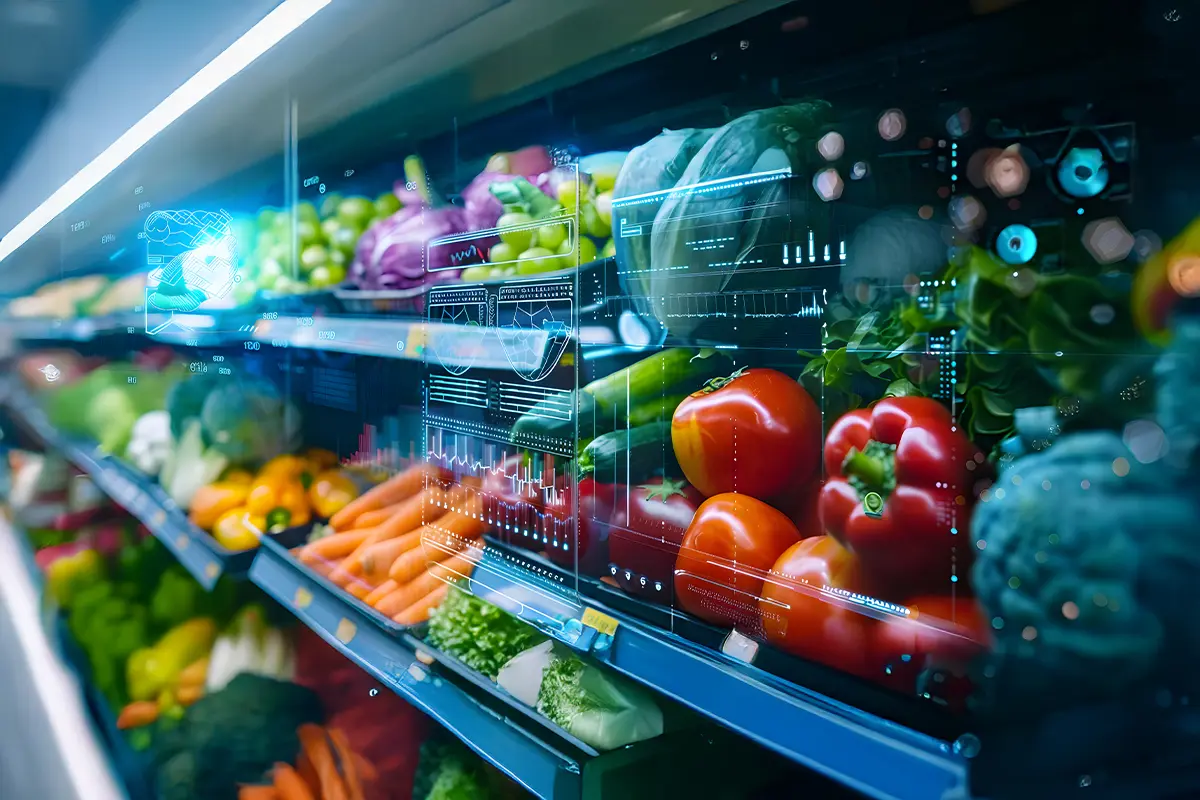According to the United Nations Food and Agriculture Organization (FAO), up to 40% of global crop production is lost to pests each year. Plant diseases cost the global economy over USD 220 billion, and invasive insects at least USD 70 billion annually. Hence, crop protection products or agrochemicals are vital to pest control, weeds, fungi control, and diseases that damage or destroy crops and curb agricultural production.
- Increased risk with climate change
- Altered migratory patterns and geographical distribution of pests
- Lengthened duration of infestation and disease stages
- Efficacy of crop protection products impaired by unpredictable weather events
- Increased spread of pests, weeds, and diseases with increase in global travel and trade
Overcoming challenges in the path to growth for the crop protection industry
1. Efficient agri-input supply chain management
Crop protection companies have traditionally followed an ‘inside-out’ operating model for their supply chains – increasing operational efficiency and competing by reducing cost. However, the COVID-19 crisis highlighted the importance of building sustainable, resilient, collaborative Agri-input supply chain management system.
2. Accurate crop protection demand sensing
3. Reduction of silos
4. Better evaluation of crop protection products
5. Comprehensive data management
Comprehensive data inputs are critical for risk mitigation and efficient collaboration between agri-businesses and crop protection companies. Predictive data around market risk, crop health, weather fluctuations affecting crop quality, etc. are among the valuable discussion points in this context.
Cropin Apps can help organize and manage data on a comprehensive platform with easy access and visibility. It also allows companies to track and benchmark dealer performance and analyze payment history and credit limits. It further helps agri-businesses identify high- and low-density sales points and manage dealers and distributors effortlessly.
6. Accurate market intelligence
Cropin solutions provide crop protection companies with real-time, plot-level insights into acreage, Agri-input resource usage, farmer engagement, adherence to package of practices, and field officer productivity. Ground-level intelligence on the specific crops cultivated in a given region, the agrochemicals required based on the agro-climatic zone and the crops, crop sowing dates to ensure product availability, etc., can empower enterprises.
Companies can keep a close watch on soil and crop health and accurately forecast demand based on the different stages of the crop cycle. Cropin Apps also strengthen the pre- and post-distribution processes in the supply chain and provide end-to-end visibility and traceability in agriculture.
The unique Cropin advantage
The ability to detect crop diseases early and control them with minimal environmental damage is critical to agriculture. Cropin uses weather forecasts and historical crop diseases data to predict the probability of a disease with its Disease Early Warning System (DEWS) model and alerts farmers. It also enables farmer engagement and helps train them on precision farming techniques. This intelligence is of immense value to crop protection companies in managing the demand-supply equation.
Digitization to enable collaboration and mitigate risk for crop protection companies
Crop protection companies can transform inter-departmental coordination and collaboration with other Agri-industry players, farmers, and field officers by deploying agriculture cloud platform Cropin to realize the full potential of a connected future. Cropin Cloud platform uses AI/ML to derive data-driven intelligence to mitigate risk. It accurately predicts demand for crop protection companies through crop protection demand sensing models. Using this intelligence, the industry can reduce time to market and distribute. Thus, by deploying Cropin Cloud, crop protection companies can compete more effectively in the digital-first global market and emerge successful.








